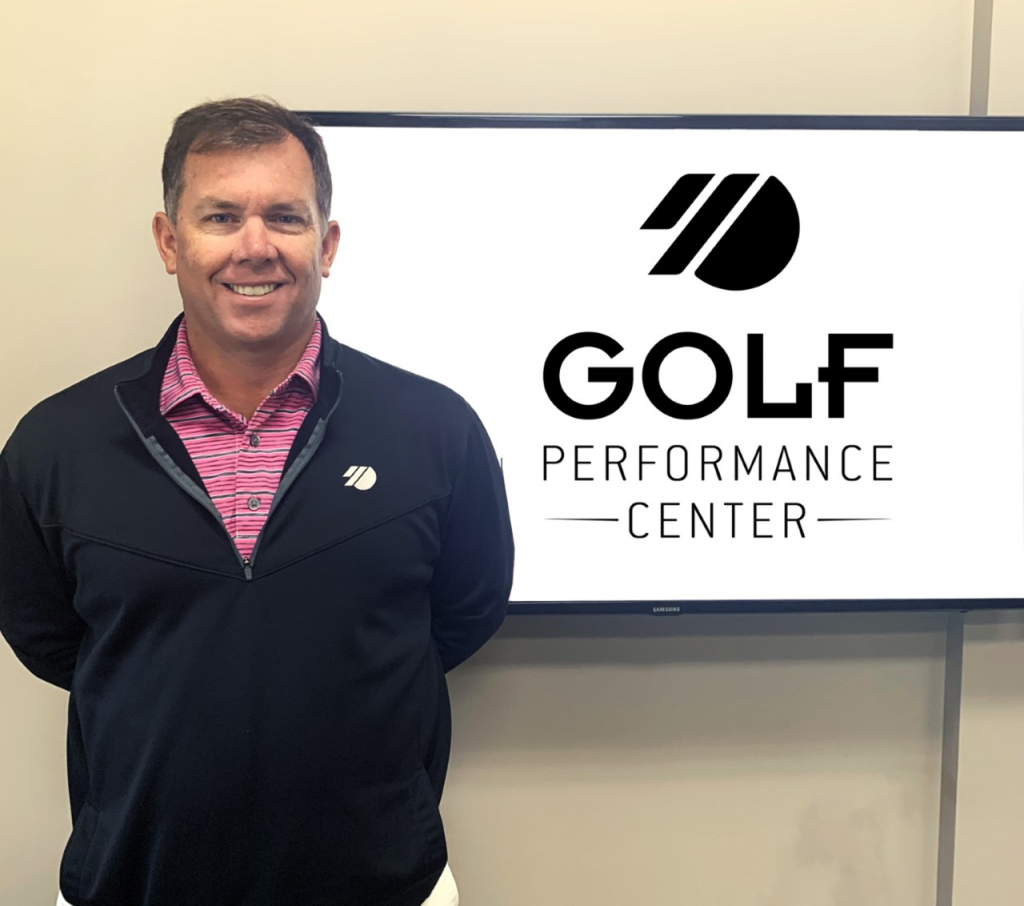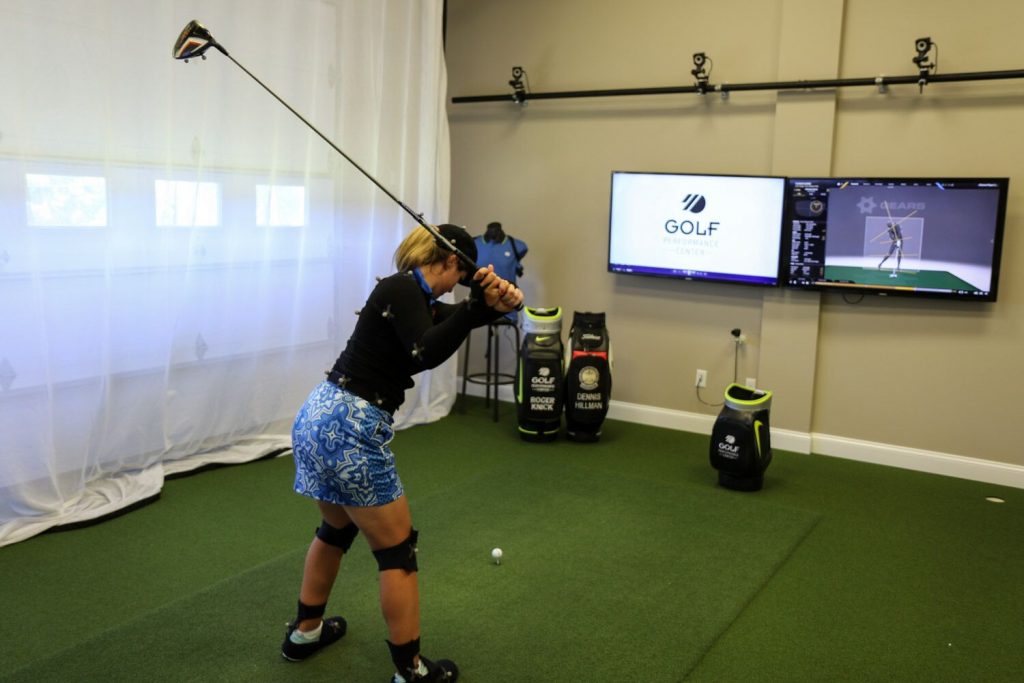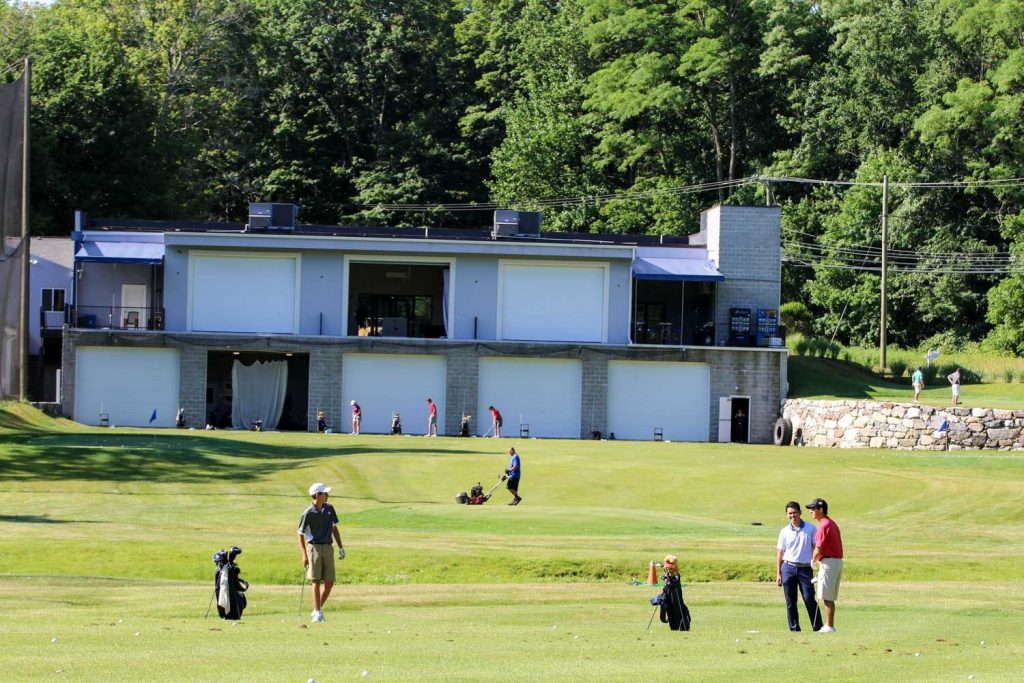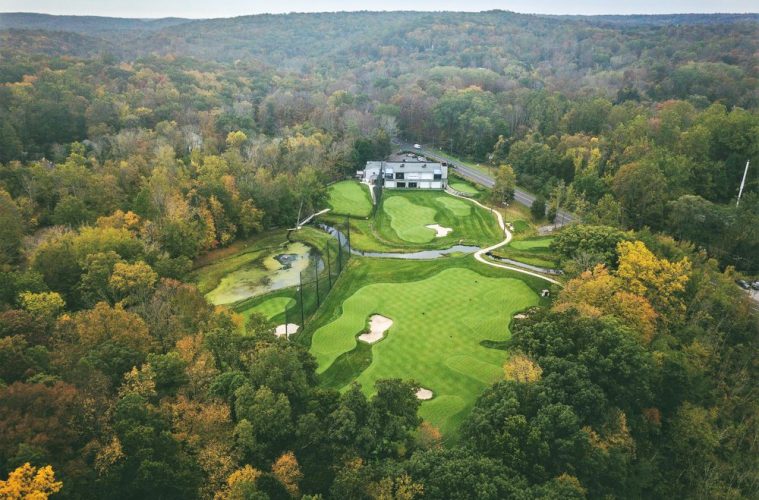Ridgefield, CT
BACKGROUNDER —
 Roger Knick, Sports Performance Specialist/ Entrepreneur, has spent his entire 20+ year career developing and refining his knowledge and practical application of coaching. He has applied CFMS to his PGA, TPI Level 3 Fitness, TPI Junior Level 3 and K-Motion Biomechanics, Paul Chek Biomechanics for Golf certifications to his educational background of exercise science from Elon University. His clients include aspiring high school athletes and collegiate athletes as well as PGA, LPGA, NHL, MLB, NBA and NFL players. Knick’s ability to coach many different levels is due to his diverse background in sports and the understanding that “function dictates form.” As a former division one collegiate athlete and professional athlete, he has a deep understanding of his clients’ goals, objectives and how to work with them to make it happen.
Roger Knick, Sports Performance Specialist/ Entrepreneur, has spent his entire 20+ year career developing and refining his knowledge and practical application of coaching. He has applied CFMS to his PGA, TPI Level 3 Fitness, TPI Junior Level 3 and K-Motion Biomechanics, Paul Chek Biomechanics for Golf certifications to his educational background of exercise science from Elon University. His clients include aspiring high school athletes and collegiate athletes as well as PGA, LPGA, NHL, MLB, NBA and NFL players. Knick’s ability to coach many different levels is due to his diverse background in sports and the understanding that “function dictates form.” As a former division one collegiate athlete and professional athlete, he has a deep understanding of his clients’ goals, objectives and how to work with them to make it happen.
Has written many articles and is in the throes of writing several books, The 5 Elements of Success Principles, The Best Golfer Ever Built and A Bird’s Eye View of College Golf.
Founder and operator of The Golf Performance Center, LLC, Junior Golf Hub, LLC and Founder/Executive Director of the GPC Foundation, Inc. (Giving Young People a Chance) in Ridgefield, CT.
Originally from Danville, VA, Knick currently lives in Ridgefield with his family.
THE KNICK STORY —
 I began down this road of performance development after being inspired by a golf coach who told me that I was not good enough to participate at the highest level of competition due to lack of skills and knowledge. Reflecting on how coaching can be better for golfers and athletes, I was inspired to create a system that would represent all the elements of success. I developed our “5 Elements of Success Principles” to encourage athletes to follow their passion and desire to improve, to find and develop good coaching/mentor relationships, to instill a physical and nutritional understanding that “function dictates form”, mental aspects of game, learning how to deal with failure, striving to have a curious and open mind to developing, and having the right equipment for the task at hand. I have applied these elements not only to golf but to life as well. I strive to create a culture of infinite learning, versus learning to be fixed.
I began down this road of performance development after being inspired by a golf coach who told me that I was not good enough to participate at the highest level of competition due to lack of skills and knowledge. Reflecting on how coaching can be better for golfers and athletes, I was inspired to create a system that would represent all the elements of success. I developed our “5 Elements of Success Principles” to encourage athletes to follow their passion and desire to improve, to find and develop good coaching/mentor relationships, to instill a physical and nutritional understanding that “function dictates form”, mental aspects of game, learning how to deal with failure, striving to have a curious and open mind to developing, and having the right equipment for the task at hand. I have applied these elements not only to golf but to life as well. I strive to create a culture of infinite learning, versus learning to be fixed.
This life lesson helped me understand a very simple principle — everyone’s journey is different, and everyone needs to learn how to run their own race. With my purpose clear I felt it was important for me develop lectures in the field of sports performance for everyone from competitive and aspiring junior athletes to active competitive adults. I have been fortunate to serve as a consultant to many players and universities on golf, basketball, hockey, and baseball performance develop.
***
On a scale of 1-10 with ten scored as excellent what number would you give the state of golf teaching today?
2. Our “experts” are too worried about getting paid and not executing on delivering on proper coaching, too fragmented.
The technology relating to golf equipment has clearly improved over the last 25 years but overall handicaps for the bulk of the playing population have made only the slightest of improvements. Why the disconnect?
Golf instruction is too worried about themselves and not about whether someone learns or not. Golf is taught as a “means to end” every weekend, fix this or that, not here is a plan for improvement and by the way, there will be some work involved for improvement, and you have to play the game to make any reasonable improvements. For all the claims about what technology can do, the net of it has been roughly a three-yard-gain for the average player and little to no change in handicap. Way to go PGA instruction!
How does your effort with the Golf Performance Center differ from others in the category?
First, we are not “teaching” golf we are coaching want-to-be golfers on the elements of the game that need to be proficient in order to see and feel improvement. We coach based on evidence, measuring for improvement.
We have created a quantifiable system allowing us to 6-d measure, monitor and improve areas based on movement principles. I designed the 5 Elements of Success approach in which we sit down with each player to first find out what their goals are and if they are realistic. Do they have the desire to improve? By going through our 5 Elements of Success evaluation we measure their swing characteristics to create a baseline of knowledge about the students’ potential swing abilities.
We have developed a physical performance screening protocol that allows us to determine the functionality of a player, giving us insight to how a player can or cannot move helps to determine a plan that will enable a player to reach his or her potential. We use our evidence or science-based coaching philosophy to develop a plan for improvement. We analyze a mental profile of each player to understand their learning style, to better connect and engage with the player and we assess the equipment in the bag. You have to have the right equipment for the task.
Who is your customer and how do you measure client satisfaction?
Our customer is every golfer wanting to improve, from 7-70. Improvement is possible with the understanding of where the limitations are, discovering the root cause of issues and creating a plan to move through the impediment or around it. Either way, once the golfer understands the best pathway we see the player more often and they enjoy the game more by not chasing the elusive “secret” to success.
Golf based its most recent growth surge through the interest and buying power of Baby Boomers. Connecting to Millennials is proving to be a much tougher assignment. What game plan do you see working with this group?
Baby Boomers and Millennials are smart buyers, not easily fooled by gimmicks. We help golfers live healthier lives by looking at the body first, creating a plan that allows for improvement not only in golf, but their entire lifestyle. We help them understand how to play their best golf the best way they can by understanding their movement quality first.
Among golf’s teachers — which ones have influenced you significantly in your approach in teaching others?
Butch Harmon, Harvey Pennick, Michael Hebron, Anders Ericsson, Dave Pelz, David Leadbetter, Dave Phillips, Greg Rose, Gray Cook — not a golf instructor, but a physical therapist.
Does instruction in golf magazines serve a purpose — besides confusing golfers even more so?
No, they are great for promoting merchandise, but too confusing for the average consumer for golf instruction, too many opposing opinions about a game played basically the same with the same equipment.
If you were advising the PGA of America on the approach to take regarding instruction what would you advise they be doing?
I would and have advised them to take the long term athletic approach to golf coaching. They have sold the idea that you go to a golf instructor and you can easily be fixed! It’s a terrible model and why many golfers do not take lessons from PGA professionals and why many players have not improved for years. Many professionals complicate matters – it’s not rocket science, it’s neuroscience. It’s important for coaches to really pay attention to the consumer and to realize that each one learns differently.
If you had a mulligan to revisit something you did in the golf industry what would you have done differently a second time around?
Invest more time and energy into body work. The marketing of golf as a whole needs to change from the finite to the infinite, meaning most players go to a PGA teacher and asked to be fixed and the real question should be, how can I improve and continue to improve?
Players have come to believe there is a means to an end/ finite mindset to learning golf. It would create less stress around improvement if we thought more about the infinite or if there was an ongoing never stop learning mindset.
The biggest short and long term challenges facing golf is what and in your mind how do you see them being addressed sufficiently?
Biggest short term challenge golf faces is the access to golf by junior golfers and less privileged players along with poor messaging about how to improve in this game. The long term challenge is there are fewer families that have kids interested in picking up the game because of socio-economic differences. Also, less time is put into golf based on the fact it already is a time sink hole.
***
For more info go to:
WHAT'S YOUR REACTION?

